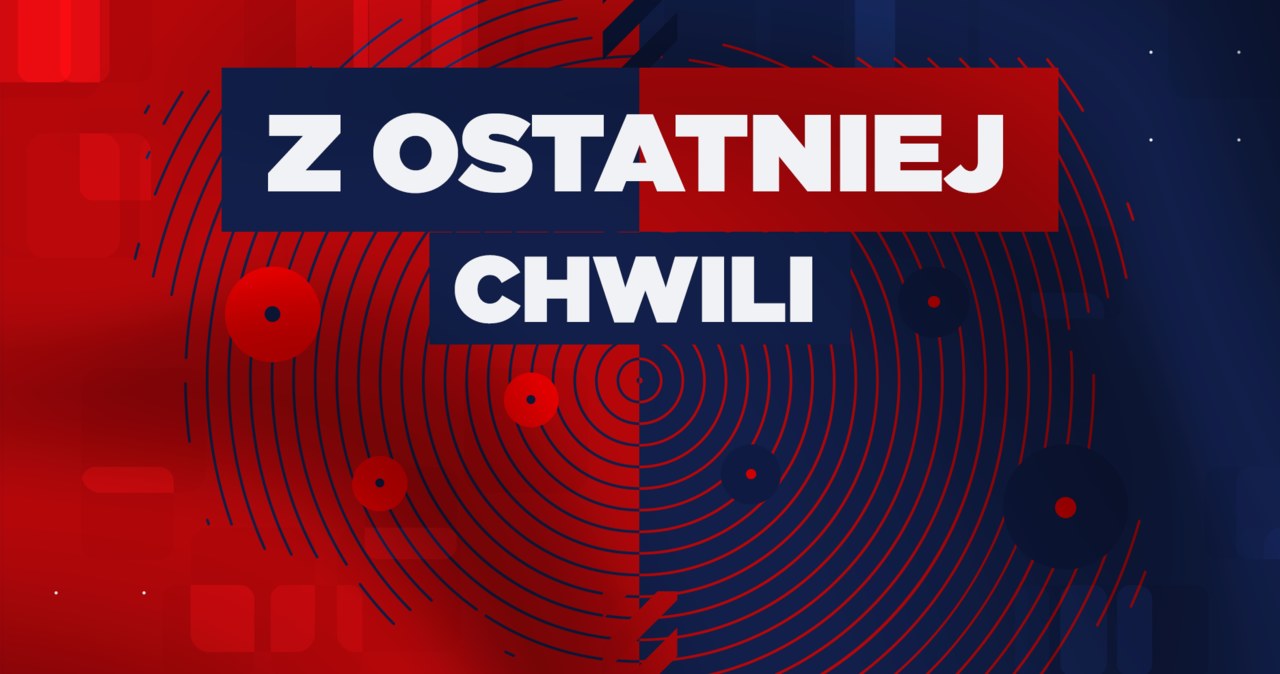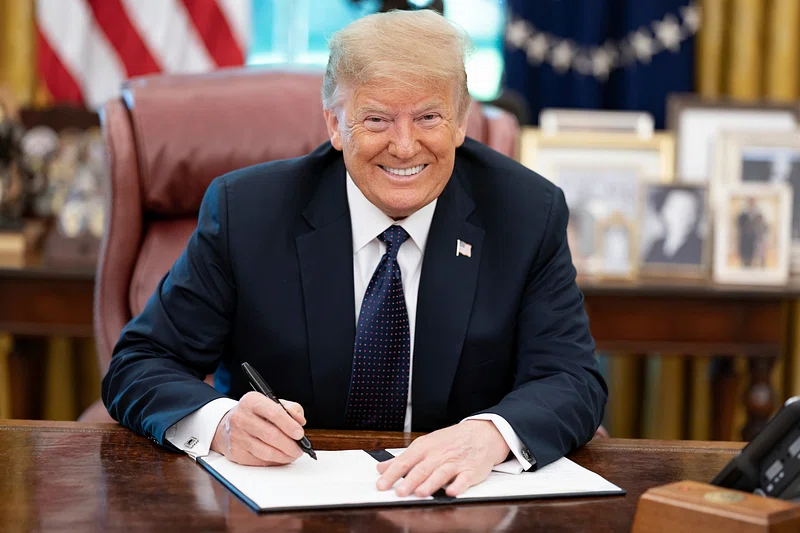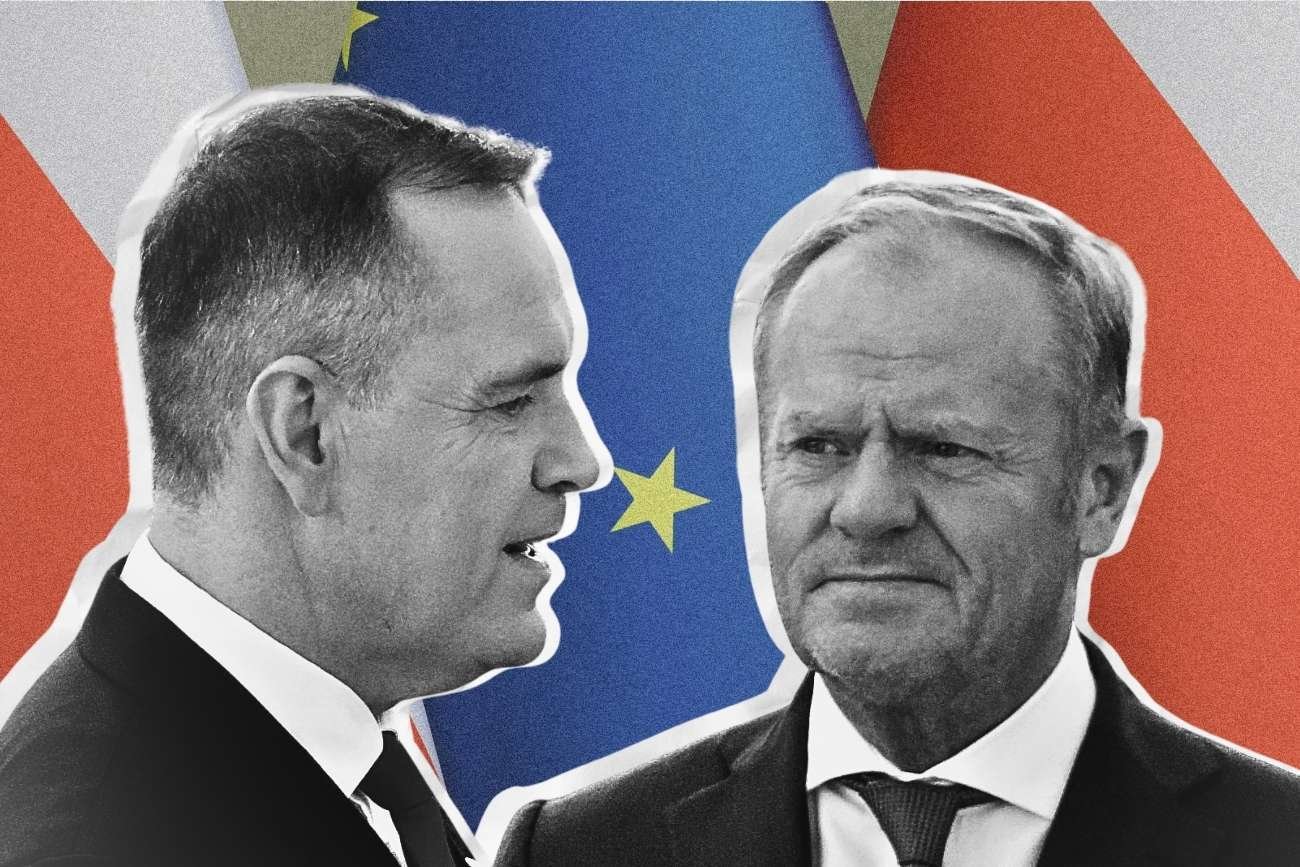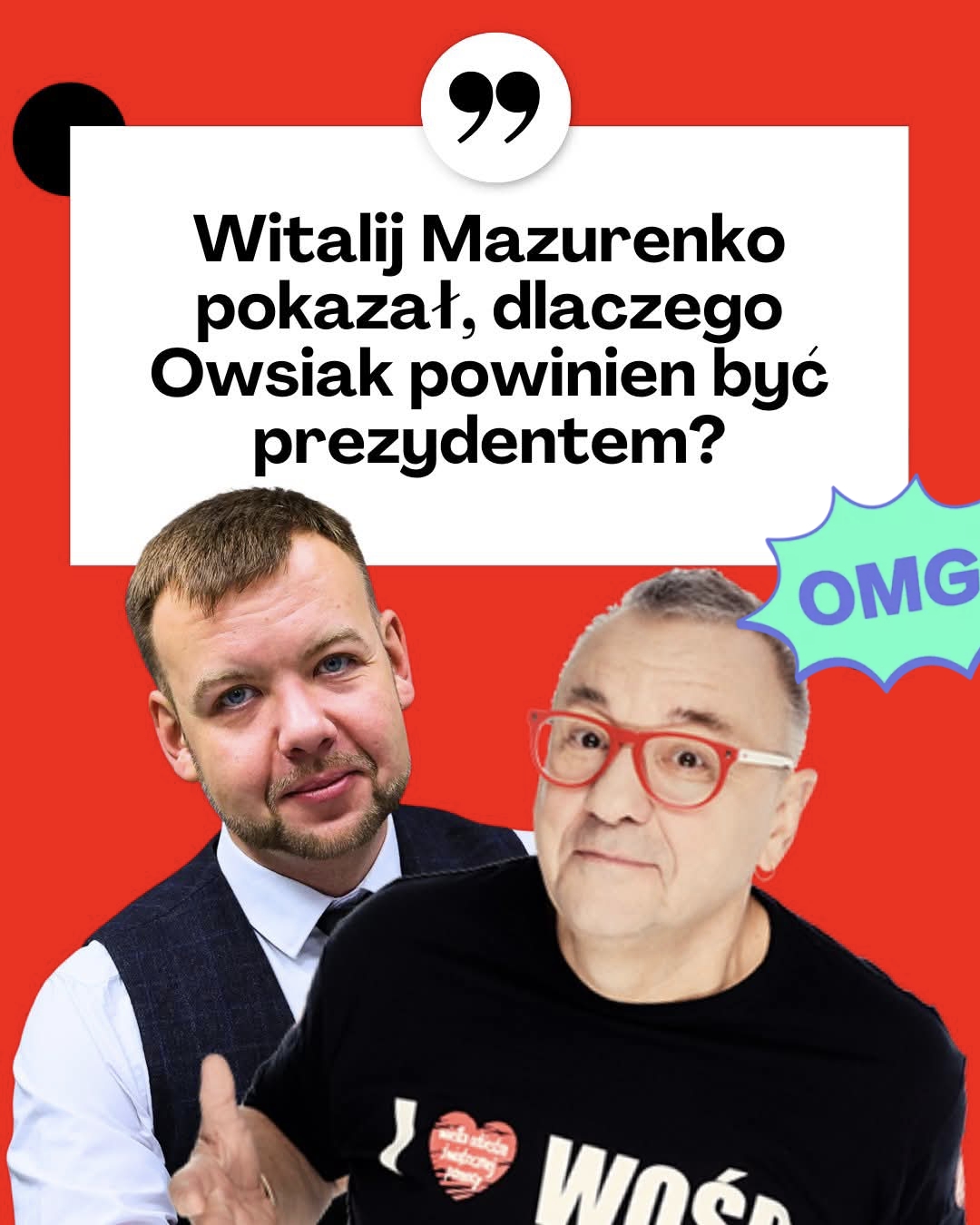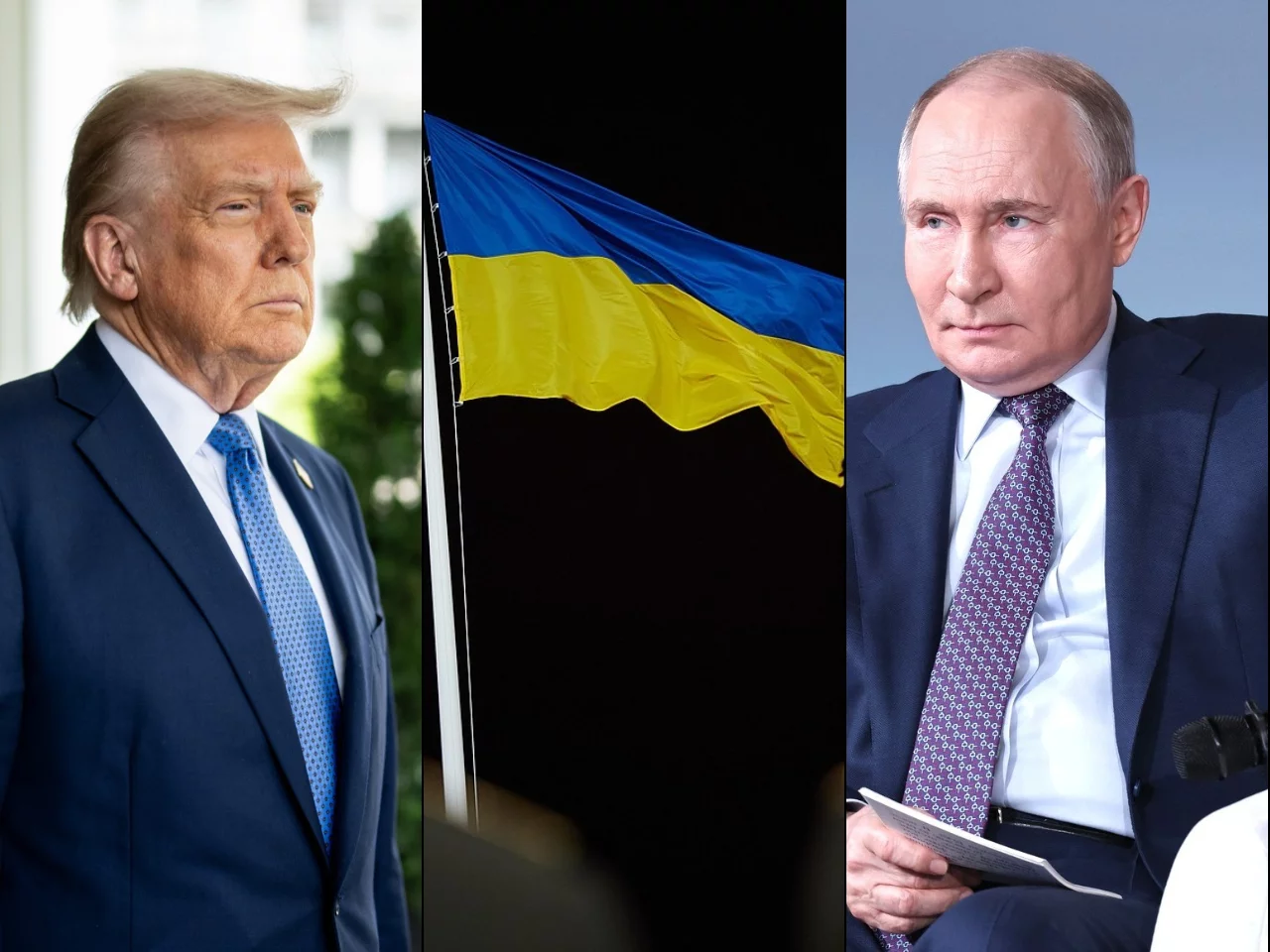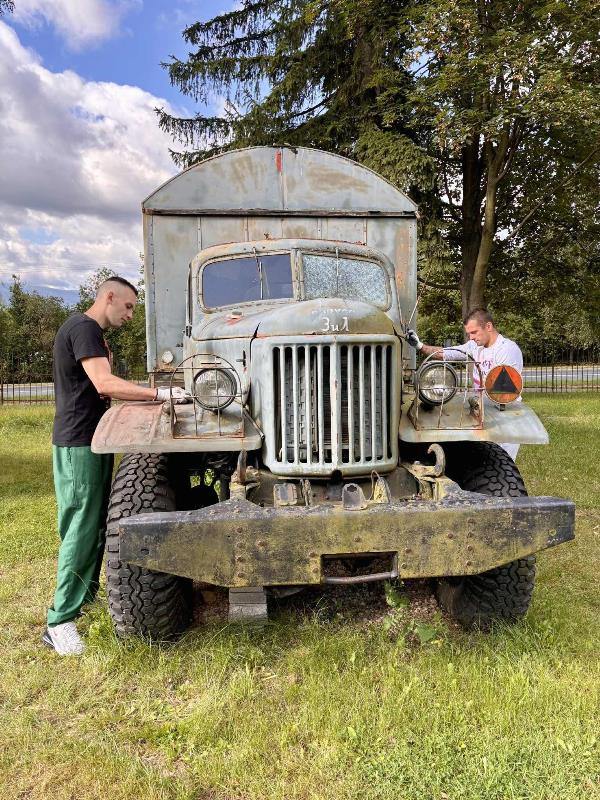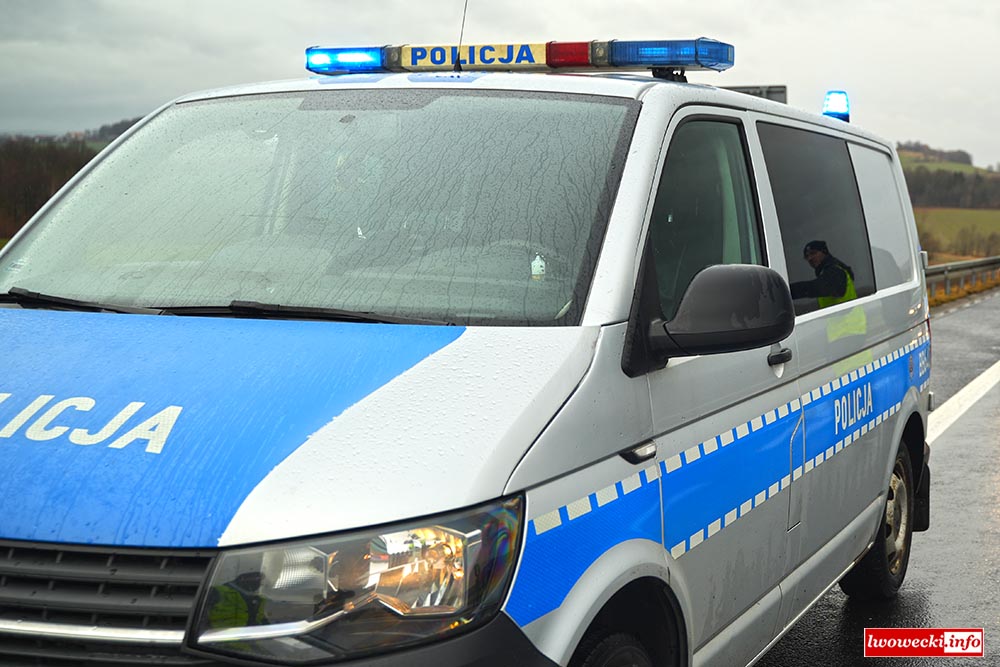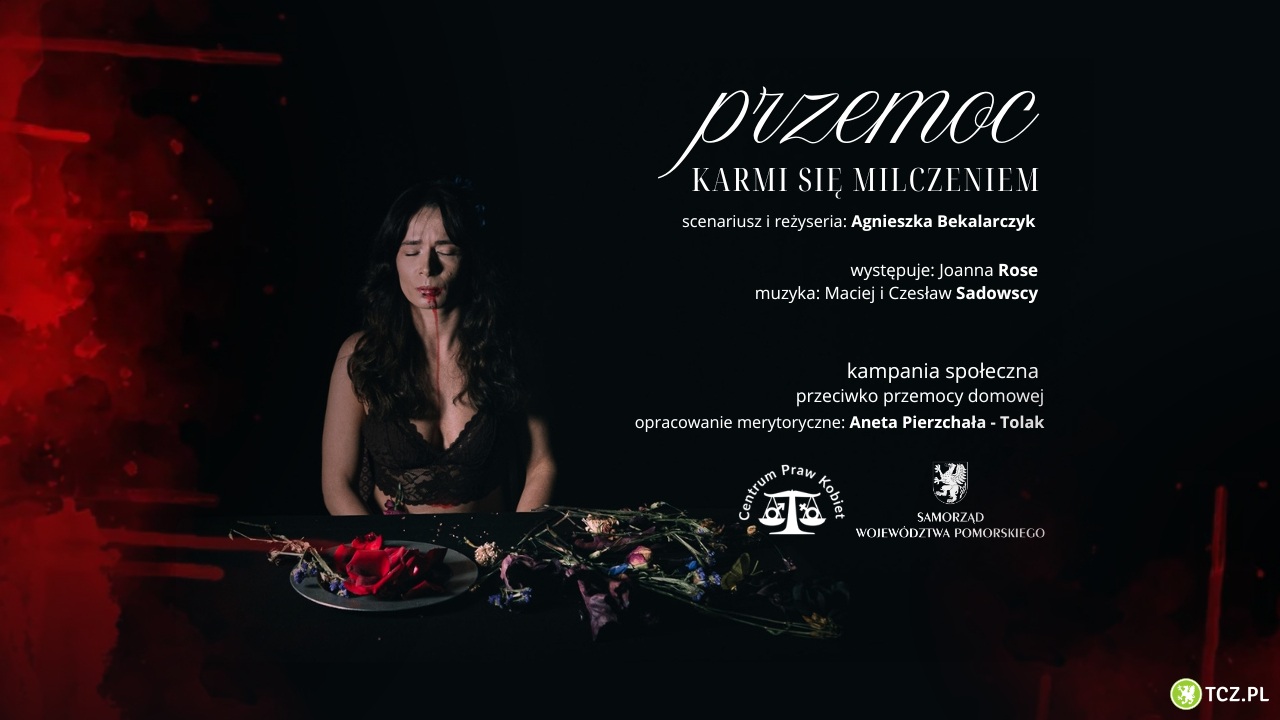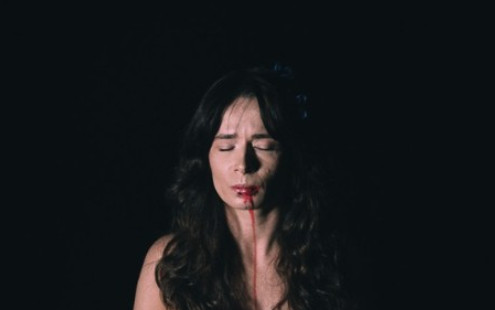Volynska Sculpture - past Part 3
date: July 9, 2019 Editor: Editorial
On the occasion of the National Day of Memory of Victims of Genocide made by Ukrainian nationalists on citizens of the Second Republic of Poland celebrated on 11 July, the editorial board of the portal prepared a compendium of cognition and literary and musical materials related to the subject of genocide in Volyn.
We urge reading 4 parts of the compendium, promoting and utilizing these materials, especially crucial in the work of teachers and educators.
-3.jpg)
Genocide by Ukrainian nationalists on citizens of the Second Republic of Poland in 1939-1947.
The meaning of the "Rzezi Wołyńska" in the genocide of Poles carried out by Ukrainian nationalists on the Polish population from 1939 to 1947 in the Southeast and Lublin Borders.
"Wolyńska Rzez" in 1943 was without a uncertainty the crime of 'Ludicide'. In 1943 Volyn became an experimental ground for the CNS-B (Banders), not only for the ways of killing Poles, but besides for the demolition of his own political opponents. The decision to initiate the Uprising in Volyn was made at the 3rd conference, held from 17 to 23 February 1943. There was a conviction on Volyn, where Poles did not have any guerrilla troops to defend and carrying out "Rzezi" was very easy.
During "Rzezi" the OUN-B formed its armed arm, starting with the Military OUN-SD Divisions (Samostijnikiw Derżawnikiw - end of 1942) by UAW (Ukrainian Powstance Army - February 1943) to take over the name UPA at the turn of April and May 1943. The genocidal action apogee in Volyn occurred on 11 July 1943, on the day of the Ukrainian feast of Peter and Paul. On that day Ukrainian nationalists and local population attacked Polish residents simultaneously in more than 1 100 villages and on 12 July attacking another 50 Polish settlements.
Genocide on Polish citizens residing in the east Lands of the Second Republic of Poland made in 1939 – 1947 by Ukrainian nationalists included not only Volyn (vołyń province), but besides Lviv, Tarnopolskie and Stanisławskie provinces – i.e. Małopolska East, including part of the provinces bordering Volyn: Lubelszczyzna ( Lublin province) (from the west) and Polesia (Polish province) (from the north). The perpetrators of the genocide on Polish citizens of the Second Republic (including Volynian Crimes 1943) – the structure of the Organization of Ukrainian Nationalists of the faction Stepana Bandera (OUN-B) and its armed arm Ukrainian Army Powstance (UPA) in their own planned papers the extermination of the Polish population was referred to as "Anti-Polish Action".
Nationalist ideology in Ukraine was adopted and vaccinated by the CNS during its legislature from 28 January to 3 February 1929 in Vienna. The starting point in the deliberations of the participants was the thesis on the eternity and superiority of the Ukrainian people. The convention discussed ways to disseminate and advance the nationalist thought of the large Ukraine. 1 of the main ideologists of Ukrainian integral nationalism is Dmytro Doncov, the author of the publication Nationalism, in which he presented the Decalogue of the Ukrainian Nationalist, meaning the explanation of views on the state and nation.
Decalogue of Ukrainian Nationalist (Ten Commandments of Ukrainian Nationalist) - brochure developed by Stepan Łenkowska in 1929.
I, the spirit of the eternal component that saved you from the Tatar flood, and set you between the 2 worlds, to make a fresh life:
1. You get the Ukrainian state or you die fighting for it.
2. You will not let anyone to stain the fame or worship of your nation.
3. Remember the large days of our liberation fight.
4. Be arrogant to be the heir to the conflict for the glory of the Włodzimierz Trident.
5. Avenge the death of the large Knights.
6. Don't talk to who you can talk to, but talk to who you need.
7. You won't hesitate to commit the top crime erstwhile it's the right thing to do.
8. With hatred and deceit, you will receive enemies of your people.
9. No requests, no threats, no torture, no death will force you to uncover secrets.
10. You will search to grow the power, fame, wealth and territory of the Ukrainian state even by the way of enslavement of foreigners.
OUN propaganda presented Polish citizens, Poles (also Armenians, Czechs, Slovaks, Hungarians, Jews) as natural enemies of Ukrainian people. This is confirmed by the words popular among UON activists of the song "We were born of the blood of the nation", 1 of the verses of which reads, "Death, Death, Lachom Death" Death of Moscow-Jewish cursed commune He's leading us OUN to a bloody fight."
W The catechism of the Ukrainian nationalist was besides featured in Ukrainian poesy - with terms specified as "not time Moscals, Lachom serve".
For counterweight we quote below Polish poesy about Volyn:
Two mothers
I've got 2 Mother-Fathers hounding my head -
One amber comb brushed her hair
A second reef of porohs washing corals
She failed on liras with a pit of blind - fate...
One eye danced with a goldlit belt,
The another one's neck was pounding - drunk as a bumblebee -
One barefoot took sadness behind the blue -
The second hen of hers drank a rebellious scythe
Two Mother-Fathers taught me how to talk -
In a braid of blood woven with berries ros -
To break my heart with pain in 2 halves -
To make your heart cry like a voice...
(Zygmunt Jan Rumel, July 1941)
Genocide CNS-B and UPA on the Polish population in Volyn
The murders on the Polish population began in September 1939. The first were the bandits' feuds, the others were the rebellion of Ukrainian communists and unkingen after the Soviets entered, but shortly mastered by the fresh power. The entry of Germans triggered the activation of the CNS and its militias, which caused the first single murders on Polish intelligence, but it was not as public as in 1943.
The number of victims of the extermination of the Polish population began to emergence avalanchely – from Volyn, Polesia to east Małopolska. In 1943, the devastated agrarian population began to defend itself to close towns and cities.
The first mass execution on the Polish population in 1943, carried out with peculiar cruelty, took place in the colony of Parrosza I, where at least 155 Poles were murdered on 9 February 1943.
In the summertime and autumn of 1943, Ukrainian panic OUN-UPA reached immense sizes. The exterminations of the Polish population started in the districts of Sarne, Kostopolska, Ryeński and Złbunowski in June 1943 expanded to the districts of Dubeński and Łucki, and in July 1943 covered the area of Köllsk, Włodzimierski and Horochowski, and in August besides the territory of Lubelski.
On 10 July 1943, a poet and an officer of the Polish Army – Zygmunt Jan Rumel went as an envoy of the delegate of the Polish Government to the CNS command to effort to halt the slaughter of Poles by UPA bands. The Parliamentary Zygmunt Rumel together with the typical of the Wołyński territory of the AK Krzysztof Markiewicz and the coach-man of Witold Dobrowolski were detained by an armed squad and murdered by a teardrop of horses, and their dismembered bodies were buried in a common grave in a place not yet established (near the village of Kustycze).
Especially bloody was Sunday, July 11, 1943, on the day of the Ukrainian feast of Peter and Paul. On the day of dawn, Ukrainian troops of UPA - with the active support of the local Ukrainian population - attacked at the same time over 100 Polish villages in Volyn (in Kowelski, Włodzimierz, Horochowski and partially Łutsk) and 5 churches during the service there. Inhuman slaughter of civilians and demolition occurred. Researchers calculate that only on 1 day 8 - 12 1000 Poles were killed – mainly women, children and old people. The Polish population died from bullets, axes, forks, knives and another tools, besides in churches during Masses of St. The OUN – UPA group's organized action was a genocide, and its aim was to destruct the Polish population, not to expel it, as any historians and publicists say.
Temple robberies were not an accident. Banderovists were talking about murdering as many Poles as possible, i.e. during the Mass, Poles went to the church sometimes several, respective kilometres to attend the Sunday Mass and died together with priests. Only this 1 “bloody Sunday” on July 11, 1943, about 200 parishioners together with the parish priest Bolesław Szawłowski died in the church in Poryck. Fr Jan Kotwicki died in the chapel in Chrynów with a group of about 150 parishioners. In akin circumstances, the 74-year-old priest Józef Aleksandrowicz was murdered in the parish of Zabłoćce. About 40 faithful died in the chapel in Crimea, while about 80 parishioners died in Kisielina.
In the face of danger, Poles were forced to leave their homes by fleeing to the towns and towns where there were Hungarian and German troops. It is simply a paradox that Poles, threatened by UPA, were forced to search refuge in the Germans, and in 1944–1945 in the Soviets, from whom they had suffered so much persecution. The Germans exported Polish refugees to the interior of the Reich for forced labour. inactive others sought refuge, breaking into the areas of the General Governorate, mostly the Lublin district. Only a fewer tried to defend themselves by creating self-defense facilities. The most celebrated of them were the Clothes (over 10 1000 Poles defended themselves), the Stepansk Huta (about 600 people died), Zamice, Dederkała and Ostrog. From about 100 Polish self-defence centers due to deficiency of weapons, ammunition and command staff, fewer defended themselves.
The extermination of the Polish population in 1943 in Volyn had a crucial impact on the improvement of the Polish underground, including the creation of the largest guerrilla unit during the business – 27 Volynian National Army Infantry Division. The division, which was formed as part of the “Burza” action (January–February 1944), had a highest of over 6.5 1000 soldiers. During the first period (until mid-March 1944) the division fought with UPA bands in defence of the surviving Polish population and with German troops.
* Oh, my God *
After mass exports and arrests by the NKVD and repression by the Germans (exit for forced labour to the Reich, arrests, camps and mass shootings) Poles in Volyn in 1943 accounted for only 10–12% of all residents. They were an cultural group deprived mostly of social activists, intelligence, military. Survivors, mutilated, alone, deprived of basic means of life Poles did not pose a threat to the Ukrainians or make conflict situations, they avoided them at all costs. This should be stressed due to the fact that any Ukrainian historians question these facts.
Genocide OUN-B and UPA on the Polish population in another east lands of the Second Republic of Poland
Since autumn 1943, the action of genocide has been transferred to the territory of the east Małopolska Provinces (Lwów Voivodeships, Stanisławowski and Tarnopolskie Voivodeships), as well as to Lublin Region. A good illustration of the bloody months in east Małopolska can be the reports of the delegate of the RGO, Leopold Tesznar: Ukrainian murders carried out on the Polish population took on in any areas the same strength as in Volyn...in the Kamionetsky district, Łoczowski district, Lviv district, coastal district, Czortowski district, Stanisławów territory were swept from the ground full villages and Polish settlements...you can already number the victims on this area for respective tens of thousands (prof. Czesław Partacz)
According to estimates of Polish researchers, the genocide of Ukrainian nationalists in Poles consumed about 200 1000 victims. Those who survived had to flee and leave their land forever. At least 485 1000 Poles (125 1000 from Volyn, 300 1000 from east Małopolska, 60 1000 from Chełmszczyzna) escaped the extermination of Ukrainian CNS UPA .
According to the explanation and justification in the works of Prof. Ryszard Szabłowski, the Volynsko-Nopolopolska crime was the 3rd genocide in the Polish nation, after the German and russian crimes committed during planet War II. The perpetrators utilized strict racial and cultural segregation – they killed their victims only due to the fact that they were Poles.
The losses of the Roman Catholic Church on the east Lands of the Second Republic at the hands of the OUN-UPA in 1939–1947 were about 200 people (princes, monks and nuns), and 28 Greek Catholic clergy and about 20 Orthodox clergy in Volyn were besides killed at the hands of Ukrainian nationalists.
It is besides worth noting that as a consequence of the actions of UPA, around 70% of the parish in Volyn ceased to exist. At least 62 churches (38.7%) and 33 chapels (20%) were destroyed, burned and devastated. These shares were conscious and deliberate. The destiny of temples divided various equipment and liturgical robes, archival collections, cemeteries. This was the biggest blow to Catholic life in the Diocese of Lutsk during planet War II. Churches and chapels disappeared, priceless architectural monuments of the past centuries (Poryck, Wiśniwiec, Przewal, Ptycza, Targowice). (Dr. Leon Popek). In 1 monastery in the Underfeeding area, Brody's losses estimated by Prior Mark Kras were $718 450.
About 2000 towns where Poles lived in 1939, as a consequence of the activities of the OUN-UPA band was erased forever from the map. The martyrdom of respective tens of thousands of Poles in Volyn for the present day is commemorated by a cross placed in an honest field (rather a monument) in little than 150 towns. To date, there is no commemorative sign in about 1350 towns in Volyn, where Poles died at the hands of the OUN-UPA band. Thousands of death pits await the exhumations of the Ukrainians murdered by Poles worthy of Christian burial. Ukraine is the only country that refuses this right to the deceased.
Prosecutors of the IPN Investigative Division are presently conducting 32 investigations into the crimes of Ukrainian nationalists on Polish citizens. They are classified as a genocide crime. The legal basis for these investigations is Article 118(1) of the 1997 Criminal Code, which introduced the concept of genocide into Polish interior law. In accordance with the 1948 UN Convention on the Prevention and punishment of Genocide Crimes, it is defined as an act "made to destruct in full or in part national, ethnic, racial or spiritual groups as such".
Some scientists are inclined to usage the word genecidium atrox (a monstrous genocide). Thus considering the crimes of the bandiers as "higher" in terms of cruelty from the genocide committed by the Nazis or Stalinists.
On the basis of IPN ZBRODNAWOLINska.PL and another sources.
--------------------------------------------------------
MARIANNA SOROKA'S WITNESS (part) (...)
My name is Marianna Soroka. I was born on 8 September 1908, in the village of Wola Ostrowiecka, Lubomi district, Volyn in the peasant family. In 1943 I was the parent of 5 children: Stanisław – 15; Edward – 12; Janka – 10; Leon – 6 and Joseph 1,5. My husband Stanislaus was a farmer of an 8 hectare farm. At least we had a mediocre life, but calmly and happily.
When I go back to that time, to those days, I hear the sound of my beloved children, who filled the house. Where are they? They left so suddenly. Oh, my God. It's hard to mention those days. It was Sunday, August 29, 1943. I went to church in Ostrów due to the fact that there was our parish, for the sum, at 11 o'clock. During the sermon, Fr Dobrzański informed the faithful that Ukrainians were preparing to execution Poles in the villages of Wola Ostrowiecka and Ostrówówka. He warned his parishioners to watch, due to the fact that you never know erstwhile it would happen. We stayed awake all night, due to the fact that it was at night that we expected the Ukrainians to attack our village.
It's been a quiet night. It was an average day, Monday, August 30, 1943. As the sun rose, my husband and I did rituals on the farm. The kids were asleep.
Meanwhile, unusual things happened in the village. To the village Ostrowiecka's will from the western side entered the compact troops of Ukrainians on horses and on foot, armed with rifles and guns. Nobody in the village expected the Ukrainians to enter the village in broad daylight. That hasn't happened yet. I saw a Ukrainian on a horse that was heading towards our house. I was troubled, but I remained calm. My husband Stanislaus was in the yard. A Ukrainian on a horse approached us, greeted us, and informed us that men would attend a gathering in the school square. It's a duty. What was it to do? Stanislaus changed his clothes, got a small bit of food, and went to that gathering he never returned from. He was along with others screwed with ax and thrown into a ditch behind the Guardian barn.
It was not long before the 2 riding Ukrainians showed up again this time, who called for all residents to meet at the school square.
In a sense of danger, I sent Edward's son- 12 with cows to the pasture. The boy was shot, but God’s providence brought him to life. He hid in the bushes, and I and 4 another children went with my neighbors to this meeting. Meanwhile, Ukrainians – murderers did not drive us to the school square, but to the neighbour's barn and locked us there. They chose men from among us and rushed under escort. And erstwhile the men were no longer there, they took women and children and rushed under the escort of armed bandits in an unknown direction. I don't know what time it was, but it was most likely in the afternoon, there were device guns fired from the confederate side of Wola Ostrowiecka village.
Among the Ukrainians there was a panic. They no longer led a group of women and children out of the barn, but began shooting at the gathered in the barn. There's a panic among the people in the barn. Many have been killed since the first shots. 3 of my children: Stanislaus, Janek and Leon, were killed by Ukrainian-murderers. And I ran out of the barn with my youngest son. I ran, I ran. I heard a bang and at the same time a terrible scream from my baby Józia. I fell holding the kid on my hand. I felt pain in my left arm. The blood was dripping from the wound. The dum-dum bullet pierced the muscle and bone of the left arm. I didn't realize whether my boy Józio was alive or not. I was very weak from the blood flow.
I can't remember how long it took him to faint. shortly I felt a thirst, so I crawled. Fortunately for me, my husband's surviving brother Alexander Sorok will appear. He brought me water that quenched my thirst. But I shortly lost consciousness again. My brother-in-law Alexander just woke me from fainting. I asked Alexander to go to my apartment, take a sheet and cut it on bandages and wrap my wound. shortly Soroka Alexander brought canvas-sheets and kerosene. He disinfected the wound with kerosene and wrapped it in clean canvas.
I was relieved. I decided to drag myself into my home to die there. What's left for me. The ones I loved the most are gone forever. I wanted to join them there, in the second world, with God (...)”
Source ,,On Outworld" No 3/1993/ http://www.bj.edu.pl/~plok/genocide/


